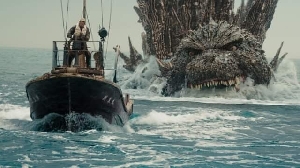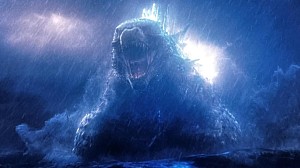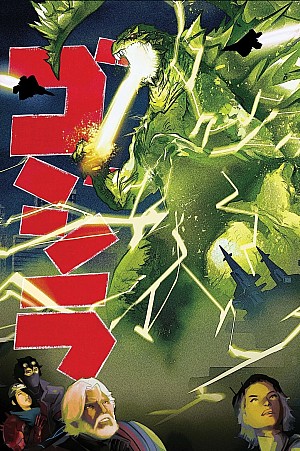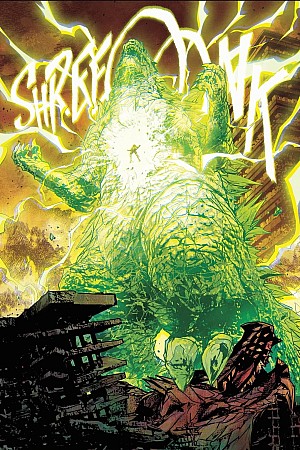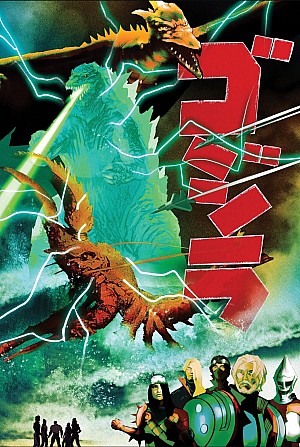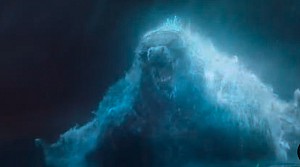This post was published by a guest. The views expressed are those of the author and do not necessarily reflect the views of godzilla-movies.com.
Godzilla has been smashing cities since 1954, yet audiences never seem to tire of watching him roar back to life. He is more than a monster on screen; he is a storytelling device that has shifted alongside the fears, hopes, and imaginations of generations.
For students studying narrative arcs, Godzilla is a surprising but effective case study. His transformations mirror the structure of stories themselves, showing how characters and plots adapt to cultural needs. Academic websites can help students with essay writing services by offering a clearer way to see how ideas rise, reach a climax, and resolve. Godzilla’s cinematic journey doubles as a crash course in narrative craft.

Source: https://unsplash.com/photos/godzilla-stands-proudly-in-front-of-a-building-vQU_884oQaU
Godzilla’s Origins as Tragedy
When Godzilla first appeared in 1954, Japan was still grappling with the aftermath of Hiroshima and Nagasaki. The original film portrayed the monster as a walking allegory for nuclear devastation, bringing a nation’s trauma onto the big screen. Audiences were not simply watching a creature topple buildings; they were witnessing a reflection of their history.
The narrative arc was stark and powerful: humanity creates destruction, destruction strikes back, and a tragic end leaves the audience to consider the cost of hubris. For students, it shows how strong stories often begin with urgent, real-world fears that demand emotional recognition.
From Monster to Antihero
By the 1960s and 70s, Godzilla had shifted from destroyer to reluctant protector. In Godzilla vs. Hedorah (1971), he fights a monster born of pollution, essentially defending humanity from its own recklessness. In other films of this era, children even cheered him on, a clear departure from the horror of his origins.
This transformation illustrates how narrative arcs evolve over time. Instead of a bleak ending, these films leaned toward redemption and even hope. Godzilla became a complex figure, one who could wreak havoc in one scene and save the day in the next. The unpredictability of his role kept the franchise alive.
Reinvention in the Modern Era
Fast forward to the 1990s and beyond. Directors rebooted the franchise for audiences facing new fears: environmental collapse, terrorism, and global uncertainty. Hollywood experimented with its own versions, with varying levels of success. Each era reinvented Godzilla without discarding his symbolic weight.
This reinvention reflects an essential truth of narrative arcs: repetition without adaptation quickly loses an audience. Just as writers revise drafts to keep essays sharp, filmmakers adjusted Godzilla’s role to reflect shifting anxieties. The story survives because the arc continues to evolve, proving that relevance depends on reinvention.
Narrative Arcs Through the Lens of Godzilla
Arc structures are often easier to grasp through a familiar story. Godzilla films follow a rhythm that matches what students encounter in literature and essays:
- Conflict introduced
- Rising action builds chaos
- Climax at peak destruction
- Resolution with reflection
- Themes linger afterward
Every monster battle follows this rhythm, but so does every strong essay or short story. Recognizing that rise and fall gives students a model they can adapt to their own work. And let’s be honest: if a skyscraper-sized reptile can stick to structure, there is no excuse for a wandering essay.
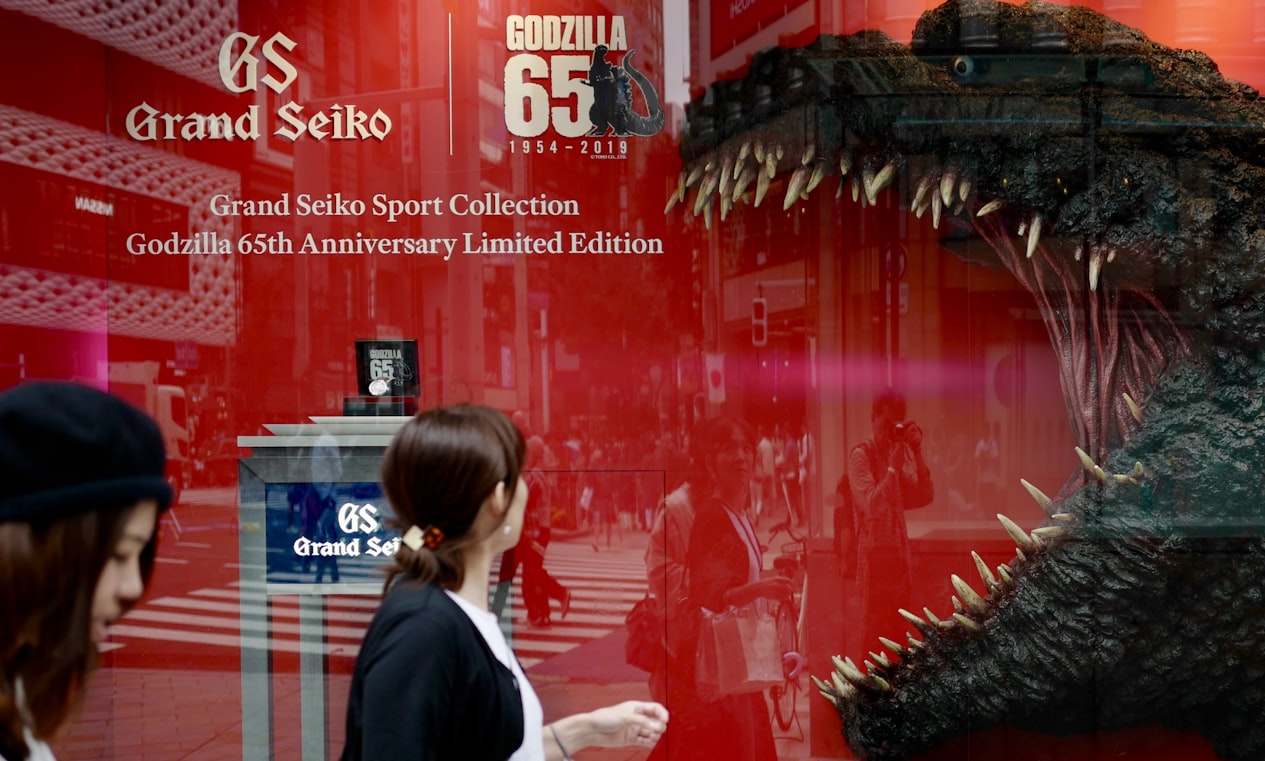
Source: https://unsplash.com/photos/woman-in-black-blazer-standing-near-red-building-A3JKXQ4YG8M
Lessons Students Can Apply to Their Own Writing
If you watch Godzilla closely, you’ll notice he teaches more than spectacle. His arcs mirror the techniques writers rely on. Here’s how to translate that into practice:
- Strong arcs keep readers invested. Every essay needs a hook, rising tension, and a satisfying close.
- Conflict drives momentum. Without a central problem, essays flatten into summaries rather than arguments.
- Resolution matters. A conclusion should feel earned, not simply tacked on.
- Symbolism strengthens meaning. Godzilla’s link to nuclear fear shows how themes elevate surface action.
Education expert Ryan Acton from the essay writing service EssayHub notes that even essays benefit from dramatic pacing: “Students forget that clarity comes from structure. Once you see the arc, your writing flows.” His point reinforces why studying narrative arcs can be as practical as using the best assignment service.
Why Godzilla Endures as a Story Model
Godzilla has survived for over seventy years because he embodies universal emotions: fear of destruction, hope for survival, and curiosity about the unknown. Each film plays with these themes in a new way, reminding us that narrative arcs endure because they reflect human experience.
Students can use this lesson in their own work. A strong essay is not a pile of disconnected facts; it is an arc that leads the reader somewhere meaningful. Think of Godzilla’s footsteps: heavy, deliberate, and impossible to ignore. Your essay’s structure should echo that same force, guiding a reader from beginning to end without losing momentum.
Conclusion
Storytelling is always evolving, just like Godzilla himself. For students learning the rhythm of a strong narrative, there may be no better guide than a lizard who has spent decades showing how arcs rise, climax, and transform. Next time you’re shaping an essay, picture Godzilla stomping through your outline, and you might find the arc writes itself.

What’s Next for Godzilla? Fan Theories, Rumors, and Upcoming Movies
Godzilla is one of the most famous movie characters of all time. The King of the Monsters has been a huge hit with fans since his first debut in 1954....
Explore Multiple Art Styles Instantly with AI Avatar Maker
Digital self-expression is more graphic than ever. Your personal presentation online is usually determined by your choice of style that influences how...

Could You Survive a Kaiju Attack? A Student’s Guide to Emergency Preparedness
The campus buzzes with lectures, deadlines, and the occasional late-night study session. But what if, amidst this academic routine, a seismic tremor r...

